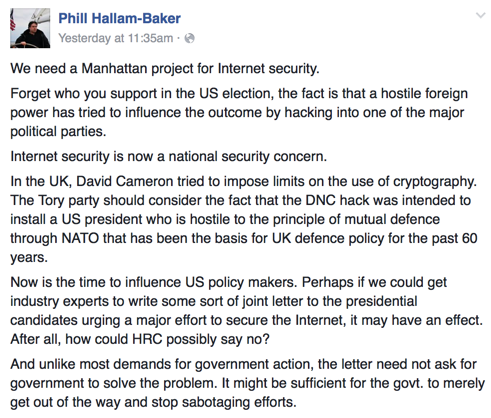Word to the Wise has joined the i2Coalition. Today they posted our introduction to their blog.
Why did we do it?
Email, and online spaces, are so important to modern life. We shop, bank, communicate, play and interact online. The internet has facilitated everything from political revolution to coffee dates and international friendships. Steve watched the Berlin Wall fall from his college dorm room over the internet. The internet was a major factor in the organization of the Arab Spring and other political movements. And sometimes we just meet people online. BBSes, usenet, email, and social networks let us connect with each other.
With that being said, too many people see online spaces as nebulous and “not real.” But the reality is that people genuinely connect, organize, and participate in online spaces. Those spaces need to be protected so these things can continue. The internet is, in many ways, a very special and unique place that has facilitated the growth of millions of communities. Unless we protect the infrastructure, these communities will fall apart and be useless.
Read More
